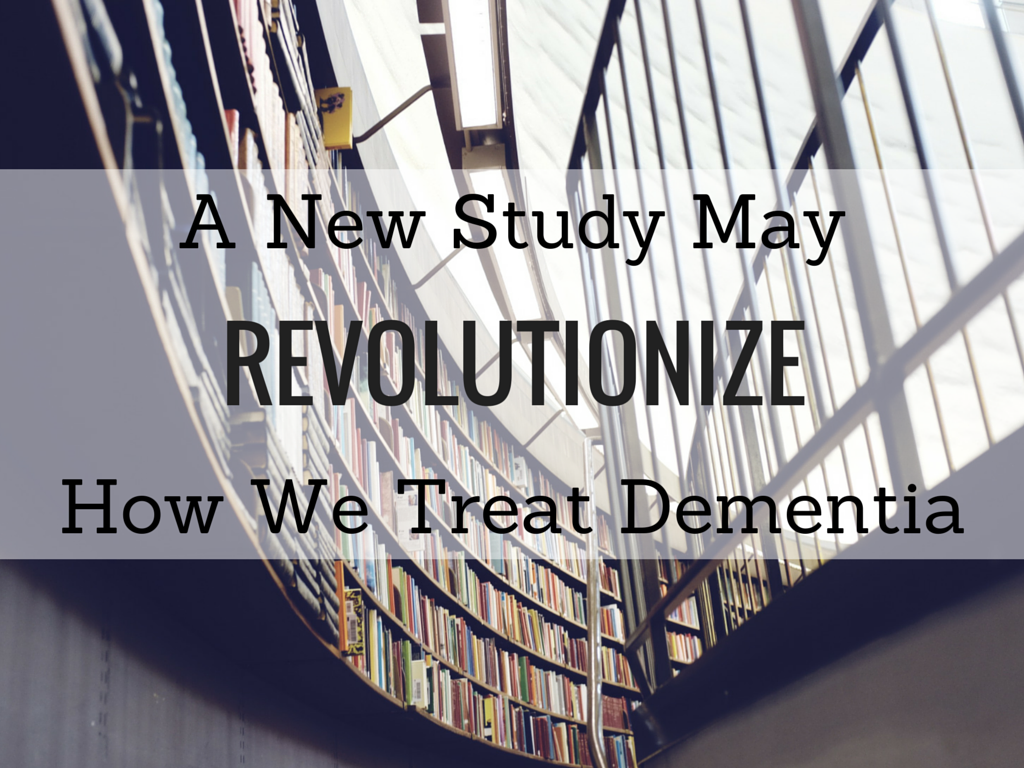
Alzheimer’s and dementia are two words that strike fear in our hearts, and with just cause. Anything that slowly robs us or our loved ones of everything we are and know is enough to leave even a stouthearted person fearful. And, to make matters worse, senior healthcare experts have found that almost fifty percent of the population that lives to be 85 years old will eventually develop Alzheimer’s disease.
What Is Dementia, Exactly?
-
Dementia is something of a catchall term used to describe various cognitive impairments.
-
Memory loss is generally the most well-known outcome of dementia, but other problems also arise, including language impairment, along with judgment and emotional control problems.
-
Alzheimer’s disease is the most prevalent form of dementia, but many diseases and disorders can cause dementia and cognitive deterioration.
-
It accounts for 60 to 80 percent of all dementia cases, and it has an overwhelming worldwide cost of $600 billion a year.
New Scientific Studies Show Promise
Penn Neurology is the nation’s largest cognitive neurology group, and researchers at the University of Pennsylvania’s Alzheimer’s Disease Center, the research arm of Penn’s Memory Center, are working harder than ever to find a cure for Alzheimer’s Disease. With the resources available to the neurology department, they are able to offer a depth of expertise and research that is not readily found anywhere else in the world. Their researchers have recently made exciting discoveries in the fight against Alzheimer’s disease that may soon lead to a treatment that could delay the onset of Alzheimer’s disease.
With hopeful optimism, Dr. Virginia Lee, Director of Center for Neurodegenerative Disease Research, shares, “This is a dream of all scientists that work on diseases.”
Each and every day, a consortium of experts at the university’s Alzheimer’s Disease Center led by Dr. Lee and Dr. John Trojanowski test thin slices of brain that have been damaged by Alzheimer’s disease. Closely analyzing the brain samples, they look for important clues that will someday lead to a cure. After many years of research, and much trial and error, they have finally had a breakthrough that could revolutionize how we treat dementia—and the senior health care industry itself.
If you have read much about Alzheimer’s disease, you will have seen references to Tau proteins and tangles. In a healthy brain, nutrients and other key materials pass through the brain in a transport system formed of organized parallel strands, much like a railroad track. The Tau protein’s job is to keep the tracks of this system straight so that the transport processes flow smoothly. However, Alzheimer’s disease causes the Tau protein to collapse and to misfold, causing tangled information to spread from cell to cell, which, in turn, causes cells to die. Armed with the knowledge of this process, the researchers believe it may be possible to halt the cell-to-cell spread.
Dr. Trojanowski, Director of Penn Institute on Aging states, “We target Tau … [to] figure out a way to unfold it with a small molecule, drugs or a way to snag it with antibodies and throw it in the trashcan.” If The team is currently testing their theories on mice, and if those tests prove successful, the next step will be to develop therapies for human brains. And that is exciting! If scientists are able to block the cell to cell spread for a time span of five years, they have effectively found an effective treatment for Alzheimer’s disease.
If the UPenn research team’s tests prove successful, it may be that a real cure would follow soon after. Senior care experts, dementia researchers, and caregivers alike look forward to the results of this exciting study.












